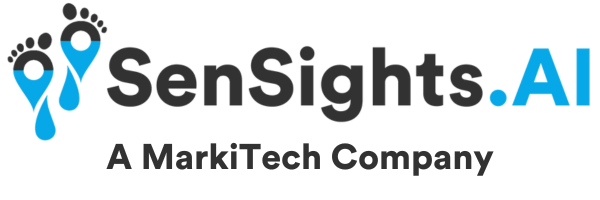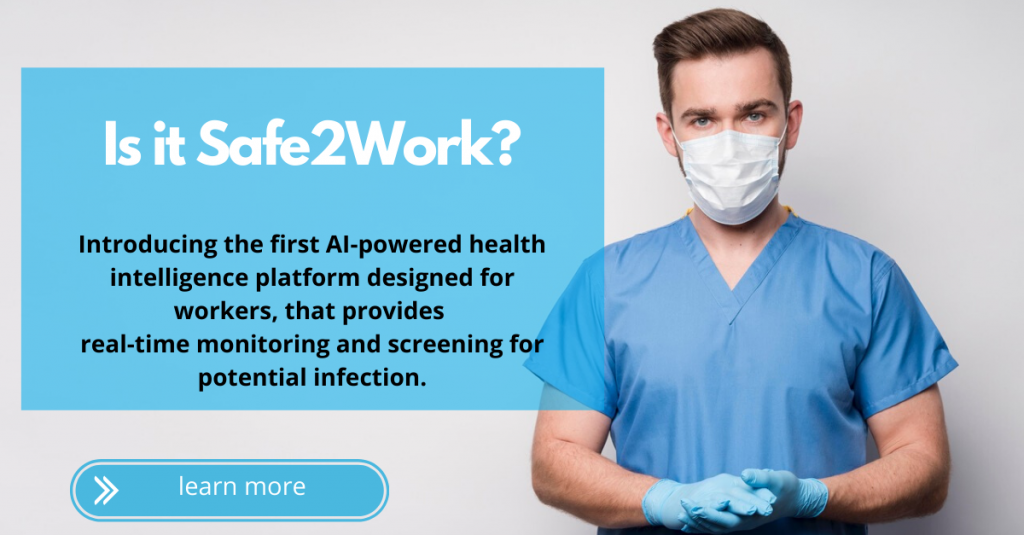With the inception of telehealth as the new normal in healthcare, the chances to utilize technology to attend to the most powerless and ill patients are exceedingly pleasing. In the healthcare industry, there is substantial proof to promote the timely integration of palliative care with systematic oncologic care. Telehealth and Palliative Care Organizations can enhance and broaden the scope of accessibility to palliative care, as well as cater to logistical issues of patients and their families traveling to distant healthcare centers.
With remote patient monitoring fighting the challenges of palliative care, patients have also shown progress in the management of their symptoms, with increased levels of satisfaction and care.
What is Palliative Care?
Palliative care is the care and support administered to patients with vigorous and advanced diseases, i.e. life-threatening ailments. This type of care centers on the comfort, relief, and mitigation of suffering and good quality of life, not on the cause of the illness. Palliative care focuses on the timely recognition and exemplary examination and therapy of biological, psychogenic, and emotional issues, and decreased needless hospital visits.
This form of care neither accelerates nor delays death, but comforts the patient to see death as a natural process, if they reach such a stage. Unlike hospice care, palliative care organizations connect in the diagnosis stage and during treatment. By incorporating the emotional and ethical facets of patient care, a strong support system is built to enable patients to live industriously and enable the families to cope with the emotional trauma and responsibility.
According to Current Oncology Reports, palliative care is one of the integral components of meticulous patient care for people with severe illnesses. Data has also suggested that this care can decrease the caretaker pressure and increase the lifespan of people. Due to these advantages, healthcare center-based palliative care projects have thrived considerably and have integrated telehealth in their platform. However, it was found that community-based palliative care agendas are comparatively restricted due to the shortage of palliative care professionals, especially for older adults and those in rural settings.
RPM tools and palliative care
According to the Journal of Pain and symptom management, they assessed the sustainability, usability, and allowance of a Telemedicine agenda in a Rural Palliative Care setting. The study employed the TapCloud remote patient monitoring, video call system, a quality data evaluation and compilation tool, and a TapCloud ranking system of symptom burden and hospice transitions. Quantitative appraisals and qualitative semi-structured interviews were carried out on a target population of telehealth patients, care providers, and medical practitioners to discover their experiences utilizing TapCloud.
The results demonstrated that using the remote patient monitoring application, TapCloud led to enhanced symptom management. All stakeholders expressed increased satisfaction and remarkably positive encounters with the telehealth program, with better access to physicians, prompt replies, and effective quality of care.
As per the Journal of Medical Research, they documented patients’ experiences with remote patient monitoring programs in palliative care. This scoping review aimed to map and analyze previously published reviews on the employment of telehealth programs for patients in palliative home care. A methodological mechanism founded by Arksey and O’Malley was used, with a standardized and widespread search of Medical Literature Analysis and Retrieval System, PsycINFO, and Cumulative Index to Nursing and Allied Health. After extensive research and reviews, two authors separately evaluated the acceptability and derived the relevant data. The results illustrated that telehealth programs can be used easily and effortlessly despite the prevailing health condition of the patient, visible traits improve communication, care, and support via remote patient monitoring tools, and symptom management, and self-care is possible through bolstering telehealth services.
Telehealth is feasible for palliative care while promoting sentiments of comfort, confidence, and protection in patients undergoing traumatic illnesses. The visible traits of telehealth facilitate a real relationship between health care specialists and patients in palliative care. However, there was sufficient evidence displaying differing conclusions on whether the adoption of telemedicine advances troublesome and burdensome symptoms, as well as the quality of life. Hence, the healthcare industry needs to carry out more extensive research to explore and scrutinize the incidents of utilizing telehealth among patients with life-threatening illnesses and ailments, besides cancer and older adults who are aged 85 years or older.
The Future of Telehealth In Palliative Care
While remote patient monitoring tools did not replace physical or in-person medical care and checkups, RPM tools have proven to be effective in gauging the condition of the patient, as well as utilizing consumer-friendly interfaces and artificial intelligence-powered technology to enable the lives of patients and caregivers to be easier and more convenient. Telehealth platforms initiated distinct and extraordinary strategies of communication and transmission of information between the patient and healthcare providers. Moreover, RPM tools have become a backbone of encouragement and support for patients to participate actively in self-care and self-therapy.
Telehealth platforms deliver considerable advantages to palliative care patients who reside in remote distant areas, away from the hub of a city. Consequently, they have restricted access to good quality healthcare. As patients in palliative care undergo physical and mental health issues, such as depression, a loss of hope and respect, fear, and despair, RPM solves these challenges, as this virtual platform is also an educational model, making patients aware of how their lives and symptoms can be revamped. These patients can obtain care with the least disturbance or physical turmoil in their customary lives. Additionally, telehealth services should have personally customized interventions for each patient, as each deals with their pain differently.
The future of telehealth platforms in palliative care is a guaranteeing and bright future. This patient population acquires innumerable benefits from remote patient monitoring and they are cognizant and willing to receive this care. As clinicians and older adults become more involved and engaged with telehealth platforms, insurance providers and telehealth corporations need to ensure that unique opportunities are present for people to make remote patient monitoring tools in palliative care more accessible, affordable, and adaptable to enrich the healthcare and standard of living in people.

Kelton High is a Social Sciences undergraduate who majored in International Relations, with a budding interest in qualitative research. He has previously worked at Transparency International.



